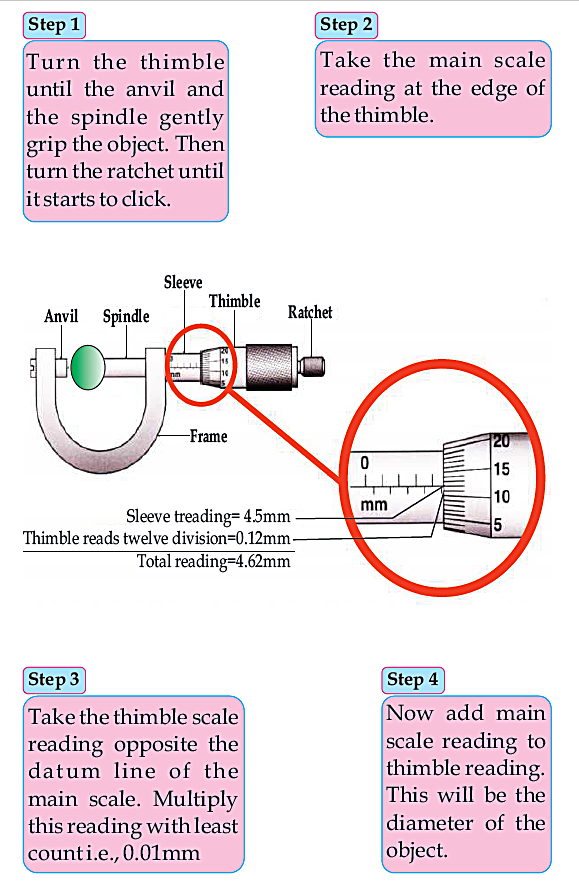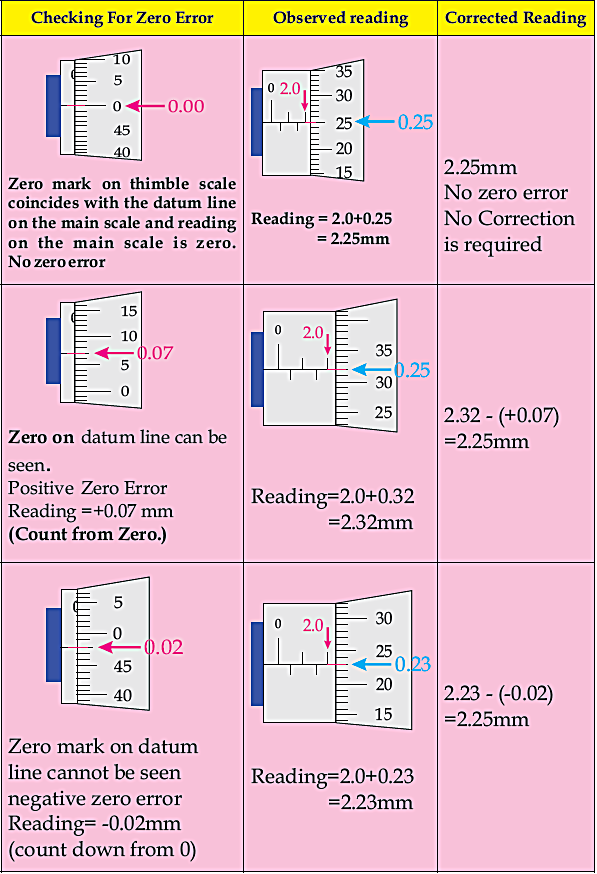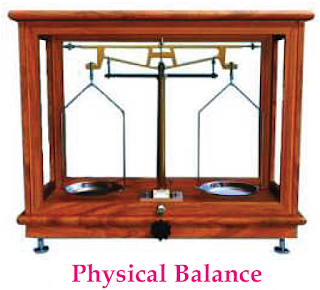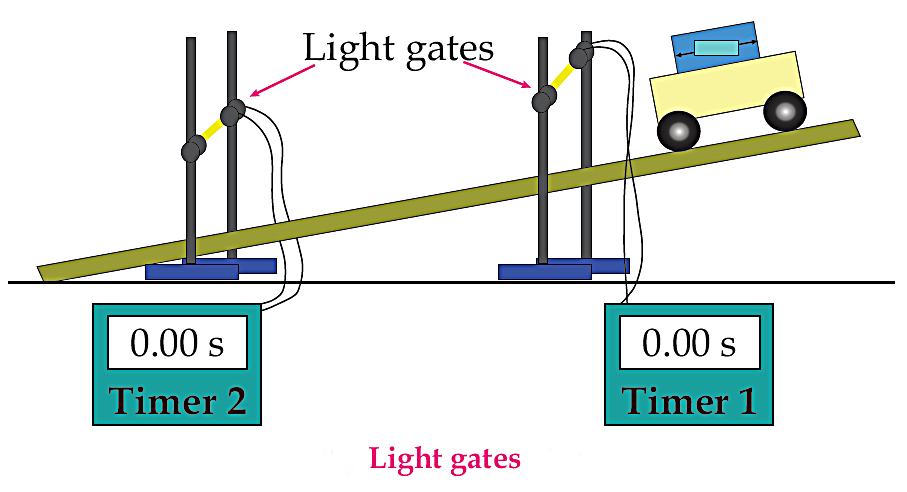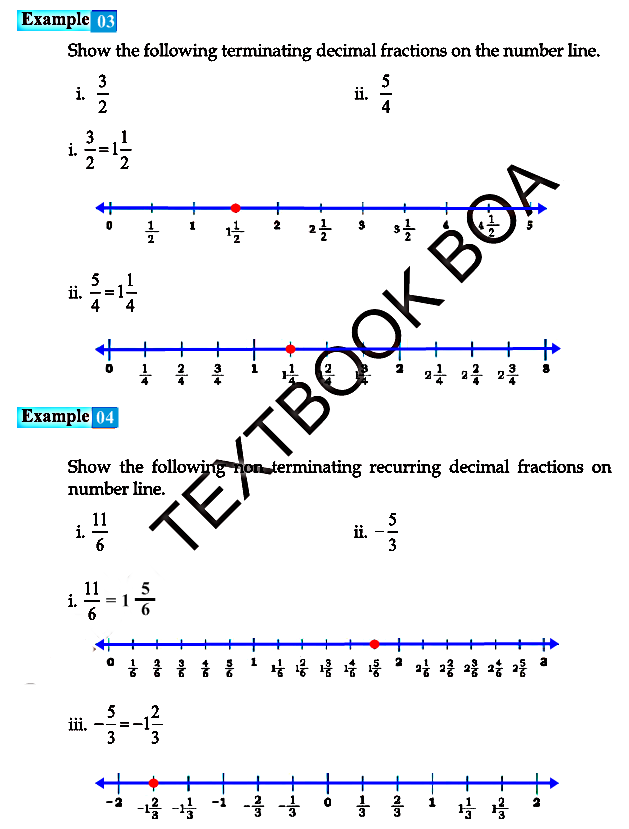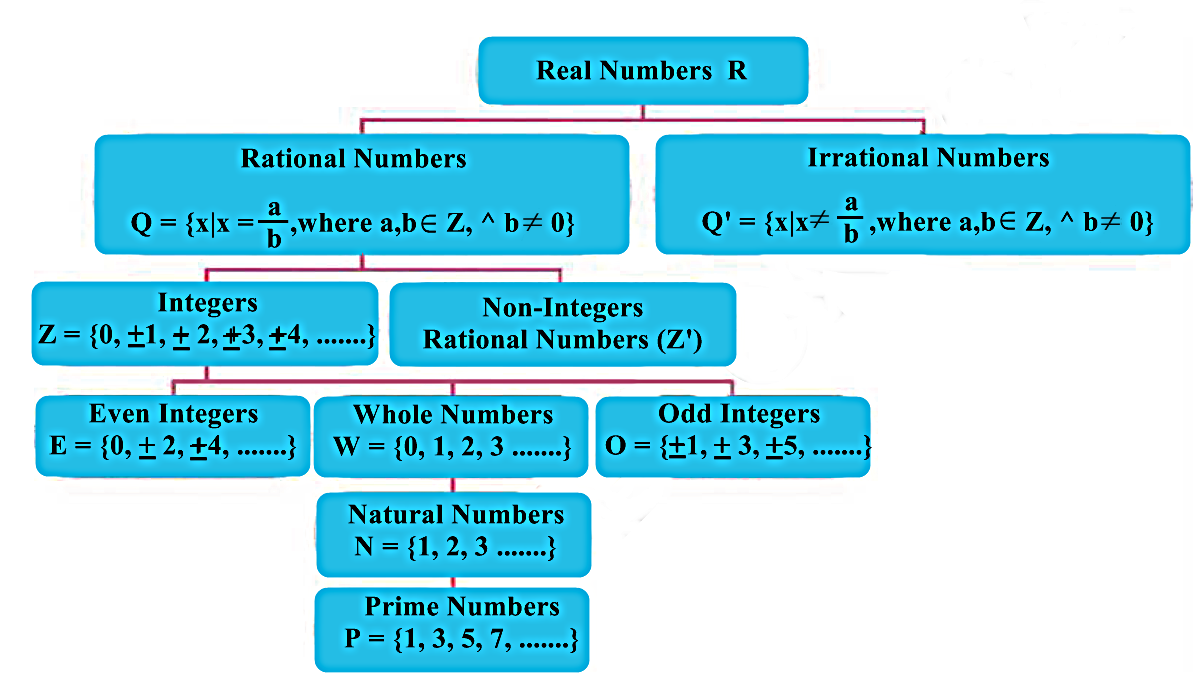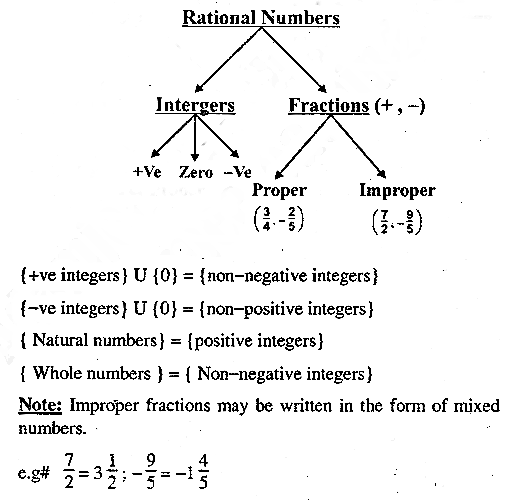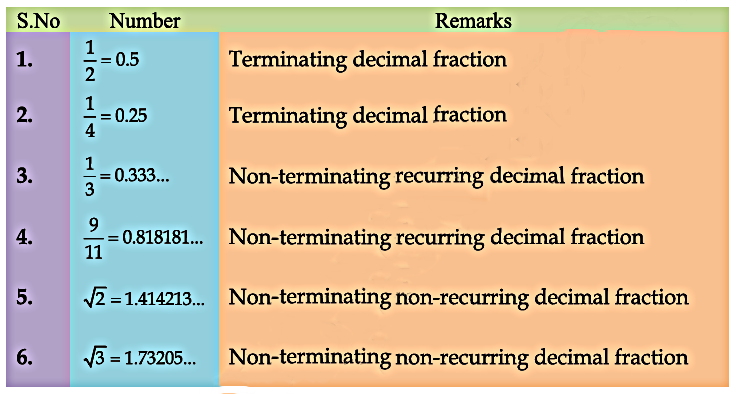Physics For Class IX (Science Group)
UNIT 1: Physical Quantities and Measurement
Long Questions Answers
Q.1: List with brief description of various branches of physics?
Ans:
BRANCHES OF PHYSICSThe branches of Physics are classified on the basis of different areas of study with different approaches.
These branches show the spectrum and scope of Physics around us and help scientist to describe ideas in a well-organized way.
The main branches of Physics are as follows.
1. Mechanics:
This branch of physics is mainly concerned with the laws of motion and gravitation.
2. Thermodynamics:
Thermodynamics deals with heat and temperature and their relation to energy and work.
3. Electricity:
Electricity is the study of properties of charges in rest and motion.
4. Magnetism:
Magnetism is the study of magnetic properties of materials.
5. Atomic Physics:
Atomic physics deals with the composition structure and properties of the atom.
6. Optics:
Optics studies physical aspects of light and its properties with the help of optical instruments.
7. Sound:
Sound is the study of production, properties and applications of sound waves.
8. Nuclear physics:
Nuclear physics deals with the constituents, structure, behavior and interactions of atomic nuclei.
9. Particle physics:
Particle Physics studies the elementary constituents of matter and radiation, and the interactions between them.
10. Astrophysics:
The study of celestial objects with the help of laws of physics is known as Astrophysics.
11. Plasma physics:
The study of ionized state of mater and its properties is known as Plasma Physics.
12. Geo physics:
The study of internal structure of earth is known as Geo physics.
Q.2: Define measurement and physical quantities? Describe types of physical quantities?Ans:
MEASUREMENT:
It is the determination of the size or magnitude of something. It is explained with the help of describing the mathematical relations between various physical quantities.
PHYSICAL QUANTITIES
The notion of physical dimension of a physical quantity was introduced by Joseph Fourier in 1822 by convention. All physical quantities are important for describing the nature around us. All physical quantities are either calculated mathematically or measured through an instrument. A physical quantity has magnitude and unit. It can be define as:
DEFINITION:
A physical quantity is a physical property of a phenomenon, body, or substance that can be quantified by measurement.OR
A physical quantity can be expressed as the combination of a magnitude expressed by a number – usually a real number – and a unit.
TYPES OF PHYSICAL QUANTITIES QUANTITIES:
Physical quantities are classified into two categories:
-
Fundamental Or Base Physical Quantities
-
Derived Physical Quantities.
FUNDAMENTAL OR BASE PHYSICAL QUANTITIES:
Physical quantities which cannot be explained by other physical quantities are called fundamental physical quantities.
There are seven fundamental physical quantities with their units, which are:
Fundamental Or Base quantities and their S.I units:
| Fundamental quantities |
Symbol of quantity |
S.I Unit |
Symbol of Unit |
|---|
| Length | l | meter | m |
| Mass | M | Kilogram | kg |
| Time | t | second | s |
| Electric current | I | Ampere | A |
| Temperature | T | Kelvin | K |
| Amount of substance | Iv | mole | mol |
| Luminous intensity | n | candela | cd |
DERIVED PHYSICAL QUANTITIES:
Physical quantities which are explained on the basis of fundamental physical quantities are called derived physical quantities.
Following are some derived quantities and their units:
Derived Quantities and their S.I units:
| Derived Quantities |
Symbol of quantity |
S.I Unit |
Symbol of Unit |
|---|
| Volume | V | cubic meter | m3 |
| Velocity | v | meter per second | m-1s |
| Force | F | Newton | N |
| Density | D | kilogram per cubic meter | kg/m3 |
| Acceleration | a | meter per second square | m/s2 |
| Power | P | Pascal | Pa {N/m2 or Nm-2} |
| Work | W | Joule | J {Nm} |
| Charge | Q | Columb | C |
UNITLESS PHYSICAL QUANTITIES:
Some Physical quantities are unitless, i.e. they do not have any unit.
Example: Such as Elastic modulus, Plane angle and solid angle
Q.3: Define length and the standard of length or S.I unit of length? Also write down the multiples and sub multiples of S.I unit of length?
Ans:
LENGTH:
If there is any measurement that has proven to be the most useful to humanity, it is length.
For examples units of length include the inch, foot, yard, mile, meter etc.
Definition:
"The length is defined as the minimum distance between two points lying on same plane."
THE STANDARD OF LENGTH OR S.I. UNIT OF LENGTH - METER:
The standard of length is meter. OR The meter (m) is the SI unit of length and is defined as:
The length of the path traveled by light in vacuum during the time interval of 1/299 792 458 of a second.
OR
Meter is also define as the distance between two marks engraved on an iridium - platinum alloy bar kept at 0℃ in the international bureau of weights and measures near Paris.
1 meter = 1650763.73 wavelengths of krypton (Kr) atom in a vacuum.
INSTRUMENT USE TO MEASURE LENGTH:
The basic measurement of length can be obtained with the help of a measuring tape , or meter rule or meter rod or an inch tape.
MULTIPLE AND SUB MULTIPLES OF SI UNIT OF LENGTH:
The multiples and sub-multiples units of a meter are very easily obtained by multiplying and dividing it by 10 as follow:
(kilometer = km, meter = m, centimeter = cm, millimeter = mm, micrometer = µm, nanometer = nm)
-
1 inch = 2.53 cm
- 12 inch = 1 ft
- 1 yard = 3 ft
Q.5: What is meter rule? Describe construction and working of meter rule? OR What is meter rule? How can we use a meter rule to measure length?
Ans:
METER RULE:
A meter rule is a device which is used to measure length of different objects.
CONSTRUCTION:-
A meter rule of length 1 m is equal to 100 centimeters (cm).
-
On meter rule each cm is divided further in to 10 divisions which are called millimeters (mm). So, a meter rule can measure up to 1 mm as smallest reading.
-
It is made up of a long rigid piece of wood or steel.
WORKING:
The zero-end of the meter rule is first aligned with one end of the object and the reading is taken where the other end of the object meets the meter rule.
Q.6: What is vernier calipers? What are its major parts? OR Write down the construction of Vernier calipers? How can we take reading from vernier caliper or How can we raed it? Give example also?
Ans:
VERNIER CALIPER:
The Vernier Caliper is a precision instrument that can be used to measure internal and external distance extremely accurate.
CONSTRUCTION:
The Vernier Caliper is a meter stick graduated in millimeters used to measure a distance up to 1 mm. It has both an imperial (measure in inches) and metric (measure in millimeter) scale.
Parts Of Vernier Caliper:-
Vernier Calipers consists of
-
A pair of calipers having a Main Scale and Vernier Scale.
-
Jaws.
-
Thin Flat Rod Or Depth Gauge.
Main Scale (MS):-
A vernier scale consists of a rectangular steel bar whose one side (smaller lines) is graduated in millimeters and the longer lines on the main scale represent centimeter.
-
Each division on the main scale is 1 mm (0.1 cm).
-
The main scale is fixed in place.
-
Its left upper part has a fixed jaw.
Vernier Scale (VS):-
Vernier scale is the name for the sliding scale that opens and closes the jaws.
-
It usually consisting of 10 division and slides over the main scale.
-
The left upper part of this scale has a moveable jaw.
Jaws:-
A Vernier caliper has two main jaws that are used for measuring external diameter, as well as smaller jaws that are used for measuring the internal diameter of objects.
-
These jaws are also called calipers
-
Each jaws has two jaw "Fixed" and "Movable".
-
Fixed jaw lies on the rectangular bar while jaw moveable jaw is slides over the main scale and is provided with a vernier scale.
-
When both jaws touch each other, the zero of the vernier scale coincides with zero of the main scale. Its mean there is no zero error.
Thin Flat Rod OR Depth Gauge:-
A thin flat rod is attached to the sliding scale on its back which can measure the internal depth of a hallow cylinder.
READING OF VERNIER CALIPERS:
The diameter of a small sphere object can be measured with the help of this device.
Zero Error:
Before the measurement, close the jaws of the vernier calipers completely and note down whether the zero line of the vernier scale coincides with the zero of the main scale.
-
If they coincide, there is no zero error. (No zero error, No correction required)
- If zero mark on vernier scale is slightly to the right, zero error is positive. (The positive zero error is subtracted from reading)
- If zero mark on vernier scale is slightly to the left, zero error is negative. (Negative zero error is added to the reading)
Observed Reading-
Step 1:
Place the object between the jaws of the Vernier caliper, so that the cylinder is held tightly between jaws.
-
Step 2:
Note the main scale reading by counting lines before the zero line of Vernier scale.
- Step 3:
Count the next line of Vernier scale after zero coinciding main scale.
- Step 4:
Add the two reading for total (Main Scale Reading + Vernier Scale Reading = Total Reading)
EXAMPLE:
Q.7: What is Micrometer Screw Gauge? What are its major parts? OR Write down the construction of Micrometer Screw Gauge? How can we take reading from Micrometer Screw Gauge Or How can we read it? Give example also?
Ans:
MICROMETER SCREW GAUGE:
Screw gauge in extensively used in engineering field for obtaining precision measurements.
Micrometer screw gauge is used for measuring extremely small dimensions or very small lengths such as the diameter of a wire or sphere so as to get readings accurate up to 3
rd or 4
th place of decimal. It can measure accurately up to one hundredth part of a
millimetre.
OR
A screw gauge can even measure dimensions smaller than those measured by a Vernier Caliper. It is an instrument that can measure small length or thickness correctly up to
1 /
1000 of millimetre or up to three place of decimals.
Construction:-
Major Parts:- It consists of:
-
U - shaped metallic frame
-
Fixed stud
-
Movable stud
-
Main scale with datum (reference) line
-
Thimble (Circular) scale
-
Drum
-
Ratchet
U - shaped metallic frame having a fixed stud at one end, while a screw passes through the other end and has a hallow cylinder. A millimetre scale is graduated on the fixed nut of the hallow cylinder along a datum line which is parallel to its axis. This scale is known as Main scale.
The hallow cylinder act as a nut. The screw has a movable end. A cap called ratchet is provided at the end of the screw and it can be rotated to move the screw forward or backward. The left end of this cap has a Thimble scale which is usually divided into 100 or 50 equal divisions.
Reading A Micrometer Screw Gauge
Micrometer Screw gauge works on the simple principle of converting small distances into larger ones by measuring the rotation of the screw. This “screw" principle facilitates reading of smaller distances on a scale after amplifying them.
Zero Error:
Bring the spindle and the anvil together without applying undue pressure.
-
If Zero mark on thimble scale (circular scale) coincides with the datum line (reference line) on the main scale and reading on the main scale is zero. No zero error. (No zero error, No Correction is required)
-
If zero on datum line can be seen (i.e zero lies below datum line). Positive Zero Error. (The positive zero error is subtracted from reading)
-
If zero mark on datum line cannot be seen(i.e zero lies above datum line). Negative zero error. (Negative zero error is added to the reading)
Observed Reading:-
Step 1:
Turn the thimble until the anvil and the spindle gently grip the object. Then turn the ratchet until it starts to click.
-
Step 2:
Take the main scale reading at the edge of the thimble.
-
Step 3:
Take the thimble scale reading opposite the datum line of the main scale. Multiply this reading with least count i.e., 0.01 mm.
-
Step 4:
Now add main scale reading to thimble reading. This will be the diameter of the object.
EXAMPLE:
Q.8: Define standard of mass or S.I unit of mass? Also write down the multiples and sub multiples of S.I unit of mass?
Ans:
THE STANDARD OF MASS OR S.I. UNIT OF MASS - KILOGRAM:
The kilogram is the SI unit of mass and is equal to the mass of the international prototype of the kilogram, a platinum-iridium standard that is kept at the International Bureau of Weights and Measures.
OR
The kilogram, originally defined as:
The mass of one cubic decimeter of water at the temperature of maximum density. It was replaced after the International Metric Convention in 1875 by the International Prototype Kilogram.
OR
The kilogram is a cylinder of special metal about 39 millimeters wide by 39 millimeters tall that serves as the world's mass standard.
National Prototype Meter and Kilogram:
Each country that subscribed to the International Metric Convention was assigned one or more copies of the international standards; these are known as National Prototype Meter and Kilogram.
INSTRUMENT USE TO MEASURE MASS:
The Physical balance is an instrument used for measurement of mass.
MULTIPLE AND SUB MULTIPLES OF SI UNIT OF MASS:
Few of its Multiples and sub multiples are given below:
-
1g = 1000000 mg = 106 mg
-
1g = 1000000000 ng = 10 9 ng
-
1g = 0.002lb
Q.9: Define standard of time or S.I unit of time? Also write down the multiples and sub multiples of S.I unit of time?
Ans:
THE STANDARD OF TIME OR S.I. UNIT OF TIME - SECOND:
Before 1960, the standard of time (second) was defined in terms of
1 /
86,400th part of the mean solar day for the year 1900. The rotation of the Earth is now known to vary slightly with time, this motion is not a good one to use for defining a time standard.
Since 1967 till now, the second was redefined to take advantage of the high precision attainable in a device known as an atomic clock, which uses the characteristic frequency of the cesium-133 atom as the “reference clock”. One such clock is at National Bureau of Standards, Washington, U.S.A.
DEFINITION OF SECOND:
A second is defined in terms of a time period of vibration of radiation from the Cesium atom of mass number 133 (Cs-133). one second is 9,192,631,770 period of vibration of Cs-133 This unit of time is ascertained through Cesium atomic clock.
INSTRUMENT USE TO MEASURE TIME:
A stopwatch is used to measure the time interval between two events. For more accurate measurement of time intervals light gates can be used.
MULTIPLE AND SUB MULTIPLES OF SECOND:
Its related Multiples and sub multiples are given below:
-
1 hour = 60 min
-
1 hour = 3600 sec
-
1 min = 60 sec
-
1 sec = 1000 ms = 103 ms
-
1 sec = 1000000 μs = 106 μs
-
1 sec = 1000000000 ns = 109 ns
-
1 sec = 1 / 60 hr.
-
1 sec = 1 / 60 min
-
1 sec = 1 / 3660 hr. (hour)
-
1 ms (millisecond) = 1 / 1000 s = 1000-3 s
-
1 µs (microsecond) = 1 / 1,000 000 s = 10-6 s
-
1 ns (nanosecond) = 1 / 1,000 000 000 s = 10-9s
(Note: hr. (Hour), min (Minute), sec or s (Second), ms (Millisecond), μs (Microsecond), ns (nanosecond)
Q.10: What is stop watch? describe its types?
Ans:
STOP WATCH:
A stopwatch is used to measure the time interval between two events.
Types Of Stop Watch:
There are two types of stopwatch:
-
Mechanical stopwatch and
-
Digital stopwatch
Mechanical / Analogue Stopwatch:-
A mechanical stop watch can measure a time interval up to 0.1 second.
-
It has a knob that used to wind the spring that powers the watch.
-
It can also be used as a start stop and reset button.
-
The watch starts when the knob is pressed once. When pressed second time, the watch stops. While the third press brings the needle back to zero.
Digital Stopwatch:-
A digital stop watch can measure a time interval up to 0.01 second.
-
It starts to indicate the time lapsed as the start/stop button is pressed.
-
As soon as start/stop button is pressed again, it stops and indicates the time interval recorded by it between start and stop of an event.
-
A reset button restores its initial zero setting.
-
Now a days almost the mobile phones have a stopwatch function.
Q.11: What is prefixes? Give multiples and fractions of S.I. prefixes?
Ans:
PREFIXES:
The Physical quantities are described by the scientist in terms of magnitudes and units. A unit prefix is a specifier. It indicates multiples or fractions of the units.
Use:
Units play a vital role in expressing a quantity either base or derived. Prefixes are useful for expressing units of physical quantities that are either very big or very small.
Representation Of Prefixes In Metric System:Unit of various sizes are commonly formed by such prefixes. The prefixes of the metric system, such as kilo and milli , represent multiplication by powers of ten.
Historically, many prefixes have been used or proposed by various sources, but only a narrow set has been recognized by standards organizations.
Prefixes And Their Symbols To Indicate Multiple And Sub-multiple For Both Base And Derived Units
Q.12: .What is scientific notation? Give examples also?
Ans:
SCIENTIFIC NOTATION:
Scientific notation or the standard form is a simple method of writing very large numbers or very small numbers. In this method numbers are written as powers of ten. Thus calculation of very large or very small numbers becomes easy.
Parts Of Scientific Notation:
Numbers in Scientific Notation are made up of three parts:
-
The coefficient:
The coefficient must be equal to or (Not zero) greater than one.
-
The base:
The base must be 10.
-
The exponent.
The exponent can be negative or positive.
Formula:
In scientific notation the numerical part of a measurement is expressed as the product of a number between 1 and 10 and whole number power of ten.
M x 10n
Where,
M = coefficient
10 = Base
n = Exponent
In this expression 1 ≤ M < 10 and n is an integer.
Example 1:
Mass Of Sun is 2 000 000 000 000 000 000 000 000 000 000 kg.-
In this value decimal lies at the end.
-
Move the decimal to left writing in terms of base of ten.
-
Power of exponent is taken as positive because value is greater than 1 and we move decimal from left to right.
In scientific notation mass of Sun = Msun = 2.00 x 1030kg.
Example 2:
Mass of an electron is 0.000 000 000 000 000 000 000 000 000 000 911 kg.-
In this value decimal lies on the left side of the value.
-
Move the decimal to right writing in terms of base of ten.
-
Power of exponent is taken as negative because value is less than 1 and we move decimal from right to left.
In scientific notation Mass of an electron = Melectron = 9.11 x 10-31 kg.
Q.13: How can we find the volume of different substances?
Ans:
MEASURING THE VOLUME OF DIFFERENT SUBSTANCES:
For density to be measured or calculated we first need to find the volume of substances. Most of solid geometrical shapes have formulae for their volume which is obtained through different parameters such as radius, height, depth, width, base and length, but for irregular objects, liquids and gases this approach is unusual.
1. VOLUME OF LIQUID:-
The volume of liquids can be measured with the help of Cylinders, and Beakers.
-
A volume of about a liter or so can be measured using a measuring cylinder.
-
When the liquid is poured into the cylinder the level on scale gives the volume.
-
Most measuring cylinders have scales marked in milliliters (ml) or cubic centimeters (cm3).
-
It should be noted that while recording the value from cylinder the eyes should maintain the level with the value.
-
Angular observation may result a false reading of the volume.
2. VOLUME OF REGULAR SOLID:-
If an object has a regular shape its volume can be calculated
-
For instance:
i) Volume of a rectangular block = length x width x height
ii) Volume of a cylinder = π x radius2 x height
3. VOLUME OF IRREGULAR SOLID:-
For an irregular solid its volume is calculated by lowering the object in a partially filled measuring cylinder.
-
The rise in the level on the volume scale gives the volume of that object.
-
Thus the volume of irregular solid is calculated by subtracting the original volume of liquid from the raised volume of liquid. The total volume is found.
i.e. Total Volume Of Irregular Solid = Original volume of liquid - Raised volume of liquid.
Experiment:-
The volume of the solid is measured in a separate experiment and then subtracted from the total volume.
-
Take a measuring cylinder of 1 liter capacity at full place it in a beaker.
-
Fill cylinder full with water.
-
Pour a stone of irregular shape in it gradually.
-
As we pour the stone in the cylinder, the water from cylinder drops into the beaker.
-
Drop the stone in cylinder completely.
-
Calculate the volume of water ejected out of cylinder.
-
Volume of water ejected is the volume of the stone.
Q.14:Define term density with S.I unit and also define relative density (specific gravity)?
Ans:
DENSITY:
The term density of a substance is defined as mass of substance (m) per unit volume (V). It is denoted by Greek letter ρ (rho).
ρ = m / v
Density is characteristic property of any pure substance.
Objects made of a particular pure substance such as pure Gold can have any size or mass but its density will be same for each.
In accordance with the above equation mass of a substance can be expressed as
m = ρV
S.I Unit Of Density:
The S.I unit for density is kg/m
3 or kgm
-3. Sometimes density of substances is given in gm/ cm
3.
Example:
The density of Aluminum is 2.70 gm/cm
3 which is equal to 2700 Kg/m
3.
RELATIVE DENSITY OR SPECIFIC GRAVITY (Measuring the Density):
There are two ways of finding the density of a substance either mathematically or experimentally by taking density of water at 4°C as a reference which is sometimes known as relative density or 'Specific gravity'.
Unit Of Relative Density:
It has no unit because its a ratio of two substances. It is a number whose value is the same as that of the density in g/cm
3.
Formula:Relative Density = Density of substance / Density of water at 4°C.
Q.15: Define significant figures? Write down rules for determining significant figures?
Ans:
SIGNIFICANT FIGURES:
Engineers and scientist around the world work with numbers either representing a large or small magnitude of a physical quantity. The engineers are however interested in the accuracy of a value as they mostly work on estimation but scientist especially physicist are more concerned in the accuracy of these numbers.
For instance, an engineer records the speed of wind and explains it on an average. On the other hand, for the physicist, the speed of earth on its course, the speed of light in vacuum the mass or charge on an electron is just not a matter of numbers but accurate numbers.
Definition:"The numbers of reliably known digits in a value are known as significant figures."
Rules for determining significant figures:-
Rule 1. All non-zeroes are significant.
Example: 2.25 (3 significant figures)
-
Rule 2. Leading zeroes are NOT significant.
Example: 0.00000034 (2 significant figures)
- Rule 3. Trailing zeroes are significant ONLY if an explicit decimal point is present.
Example:
200 (1 significant figure)
200. (3 significant figures)
2.00 (3 significant figures)
- Rule 4. Trapped zeroes are significant.
Example:
0.00509 (3 significant figures)
2045 (4 significant figures)













